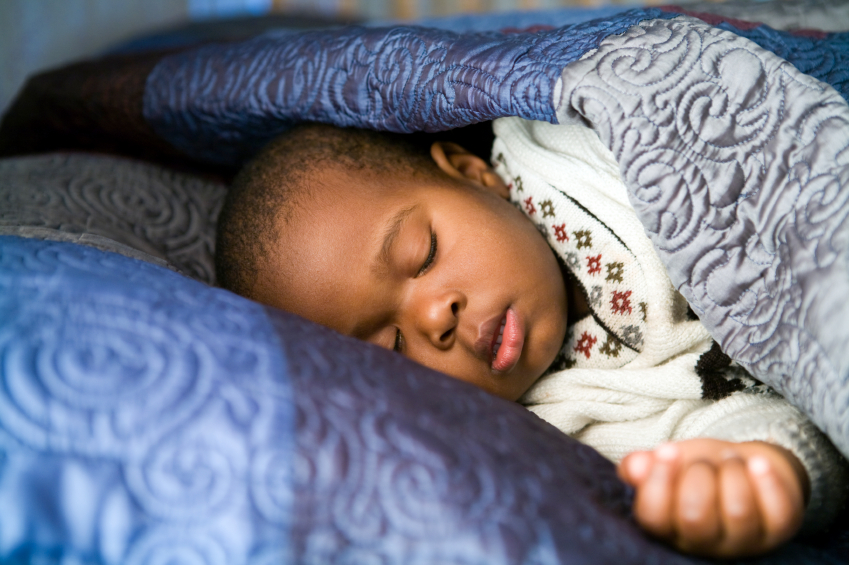 Polysomnography (PSG), otherwise known as a sleep study, remains the ideal method to diagnose childhood sleep breathing disorders, which can include obstructive sleep apnea (OSA).
Polysomnography (PSG), otherwise known as a sleep study, remains the ideal method to diagnose childhood sleep breathing disorders, which can include obstructive sleep apnea (OSA).
The effectiveness of a sleep study has been validated through evidence-based recommendations for the use of polysomnography in evaluating children aged 2 to 18 years, who suffer from a sleep breathing disorder and are candidates for a tonsillectomy, with or without an adenoidectomy.
According to the American Academy of Otolaryngology (AAO), sleep disordered breathing affects approximately 12 percent of children. These sleep-breathing disorders manifest in a variety of ways, ranging from snoring to OSA, the latter of which affects up to 4 percent of American children, according to AAO data.
Also, sleep-breathing disorders are typically considered the most common indicator of the need for a tonsillectomy in children. The AAO recommends clear and actionable guidance on the optimal use of a sleep study. This statement is especially true when considering that more than 530,000 tonsillectomies are performed each year on children younger than 15 years old and that less than 10 percent of children undergo a sleep study before a tonsillectomy, according to Richard M. Rosenfeld, M.D., an author and consultant of the new AAO guideline.
As a result, the American Academy of Otolaryngology advocates a new guideline to improve referral patterns for sleep studies among potential tonsillectomy patients. This guideline was created using a panel representing experts in the fields of anesthesiology, pulmonology medicine, otolaryngology, pediatrics, and sleep medicine.
A sleep study is recommended if a child is observed suffering from any of the following symptoms:
- Frequent loud snoring
- Long pauses in breathing
- Restless sleeping or significant tossing and turning (night sweats)
- Chronic mouth breathing during sleep
- Changes in mood, misbehavior or decline in school performance
In conclusion, children who are being considered for a tonsillectomy should first undergo a sleep test to rule out a possible sleep breathing disorder. Testing for OSA before surgery will help ensure the right tests are being performed for the right reasons. Plus, surgery will be safer, and outcomes will be better for children who suffer from OSA related to enlarged tonsils.
Reference:
AAO-HNSF Clinical Practice Guideline: Polysomnography for Sleep-Disordered Breathing Prior to Tonsillectomy in Children. (2011). Retrieved from https://www.entnet.org/content/polysomnography-sleep-disordered-breathing-prior-tonsillectomy-children

